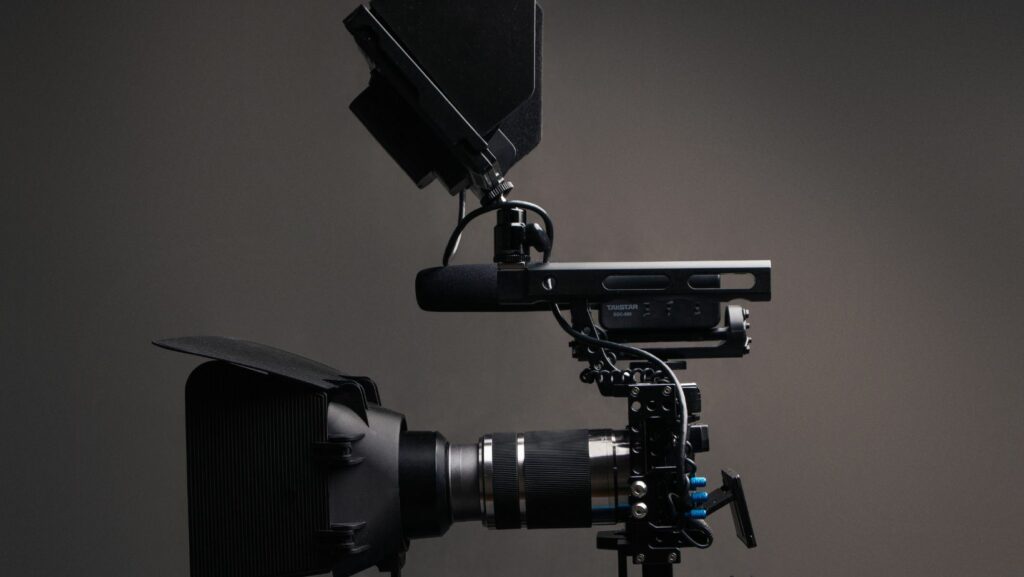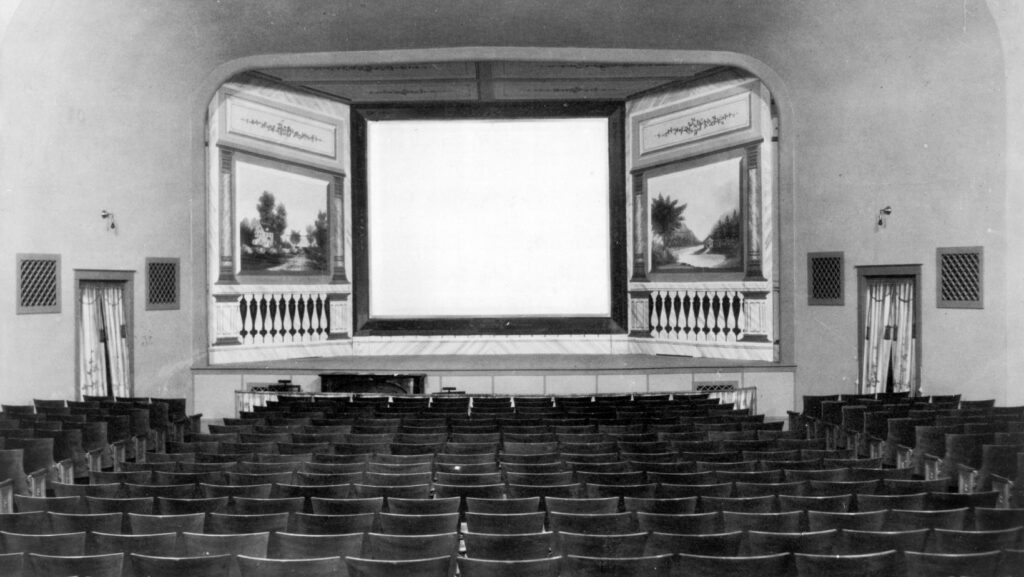Current Trends in the Film Industry
The film industry is in a state of dynamic transformation, driven by technological advancements and shifting audience preferences. As streaming platforms continue to rise, traditional cinema faces unprecedented challenges and opportunities. Filmmakers are exploring new storytelling methods, blending genres and experimenting with cutting-edge technology to captivate viewers.

Diversity and representation are at the forefront of modern filmmaking, with audiences demanding more inclusive stories that reflect a wider range of experiences. This shift is not only reshaping narratives but also influencing casting and production decisions across the globe. As the industry adapts, it’s clear that the power of storytelling remains as compelling as ever.
Moreover, sustainability is becoming a key focus, with studios striving to reduce their environmental impact. From eco-friendly sets to digital distribution, the film industry is embracing green initiatives. These trends highlight a future where innovation and responsibility go hand in hand, ensuring the magic of cinema continues to thrive in a rapidly changing world.
Rise of Streaming Platforms
Streaming platforms redefine how audiences access film content and contribute significantly to the industry’s evolution. Platforms like Netflix, Hulu, and Amazon Prime offer diverse libraries, allowing users to stream films and TV shows on-demand. This model contrasts with traditional theatre releases, providing convenience and flexibility for viewers.
Subscription-based models offer original content, which has resulted in a surge of exclusive films and series. These platforms invest in high-quality production and attract top-tier talent, reshaping creative priorities. The COVID-19 pandemic accelerated this transition, as theatres closed and streaming services remained accessible.

Data-driven recommendations enhance user experiences by personalizing content suggestions. Streaming platforms analyze viewing habits, using algorithms to curate selections tailored to individual preferences. This customization increases engagement and retention, reinforcing platform success.
Global reach expands with streaming services becoming available in multiple countries, offering localized content to cater to diverse audiences. This expansion supports international collaboration, as productions cross borders to create multilingual and multicultural films and series.
Diversity and Representation in Films
The film industry is undergoing significant changes in diversity and representation, reflecting a global push towards more inclusive narratives.
Increasing Visibility of Women Filmmakers
Women filmmakers are gaining prominence in the industry. Initiatives by production studios and film festivals promote gender parity, leading to more opportunities for female directors and producers. Recent data shows an increase in the number of women directors in the top-grossing films, emphasizing these positive trends. Organizations like Women in Film and initiatives such as the 4% Challenge, which encourages studios to hire more women directors, spotlight these efforts. Such programs affect casting decisions and influence storytelling by incorporating diverse perspectives.
Cultural and Ethnic Representation
The demand for cultural and ethnic diversity in films is rising, highlighting global narratives. Productions now prioritize authentic storytelling from underrepresented communities, including African, Asian, and Latinx cultures. Films like “Black Panther” and “Crazy Rich Asians” success demonstrate the financial and critical impact of diverse casts and crews. Streaming platforms play a crucial role by funding projects centered on varied cultural themes. This shift not only benefits audiences craving authentic representation but also supports filmmakers from diverse backgrounds in telling their unique stories.
Technological Advancements in Filmmaking
Technological shifts redefine filmmaking processes. The integration of cutting-edge tools offers dynamic storytelling possibilities.
Virtual reality (VR) and augmented reality (AR) present immersive experiences. Filmmakers utilize VR to create interactive environments for viewers, transforming passive observation into active participation. For example, “The Lion King: VR” allowed teams to scout virtual sets, enhancing production. AR integrates digital elements into real-world settings, evident in films like “Spider-Man: Far From Home”, where AR technology enhances visual effects. As VR and AR technologies advance, they expand the boundaries of cinematic experiences.

AI is revolutionizing scriptwriting and editing, streamlining film production. Tools like ScriptBook evaluate scripts using algorithms, predicting box office potential and assisting in structure refinement. AI editing software, such as Adobe Sensei, automates time-consuming tasks, from cutting footage to color correction, enhancing efficiency. These technologies support creative teams by allowing them to focus more on storytelling, fostering innovation in film projects.

